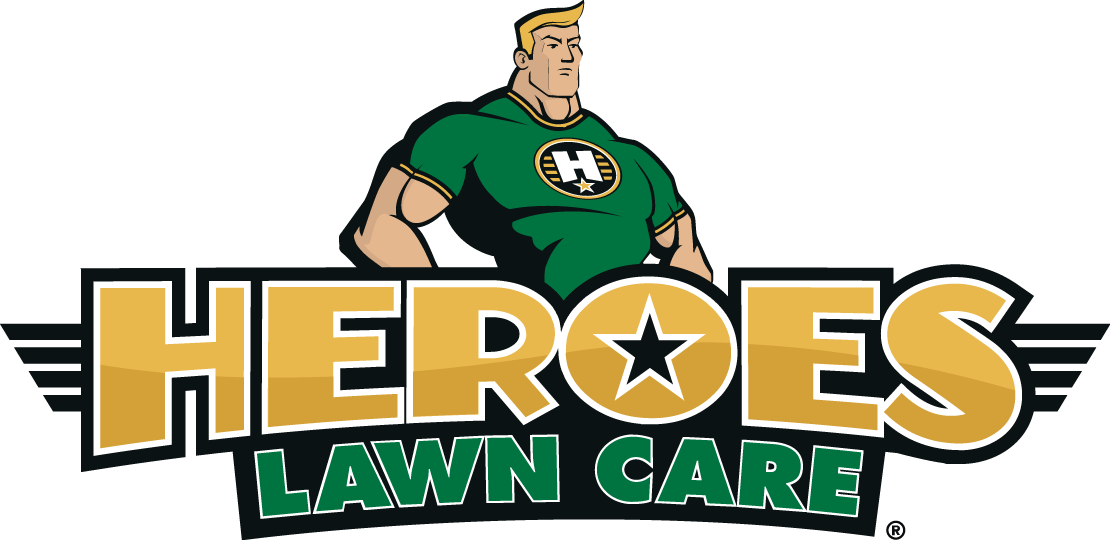Pet-Friendly Lawn Care: A Complete Guide to a Beautiful and Safe Yard for Your Pets
Is your four-legged friend safe frolicking in your yard? If you have harsh fertilizers, herbicides, or pesticides – they may not be! Pet owners need specialized pet-friendly lawn care products like pet-safe fertilizer or pet-friendly weed killer to keep pets safe while maintaining a beautiful lawn.
Let’s work together to create a lawn that’s safe for your furry friends. Adhere to the following pet-friendly lawn care guidelines to protect your pets and maintain a healthy lawn.
10 Pet-Friendly Lawn Care Tips
Pet ownership is rewarding – but at times, living in harmony with an animal is not so, harmonious. Seeing your once-green lawn riddled with brown grass patches and dead plants resulting from Fido finding a new favorite pee spot can be frustrating, to say the least. But we’ve got a few pet-friendly lawn care tips to help you and your critters live together safely and happily ever after.
1. Choose Durable Grass
Some grasses hold up well when pets run, play, and relieve themselves on the lawn. Homeowners may notice dead grass where dog urine damages their lawns. Replacing it with durable grass varieties like tall fescue, Kentucky bluegrass, perennial ryegrass, bermudagrass, or zoysiagrass will mitigate the damage that dog pee causes.
If a total lawn replacement remains out of the question, concentrate on reseeding, spreading lawn food, or laying fresh sod in the areas pets frequently visit. These solutions will improve the condition of the grass and maintain a pet-safe lawn.
2. Do Your Duty...
Too much of a good thing can start to stink – literally. While nitrogen is good for plants in moderation, too much can damage grass and plants in your lawn. The excess nitrogen in dog feces harms vegetation and produces unsightly stains.
Pay special attention to the areas of the yard where pets go to the bathroom. After a pet urinates or defecates, use a hose to water the area and dilute the nitrogen to promote grass growth. Pet owners may avoid yellow spots if they spot discoloration early.
Identifying the problem as soon as possible is critical. Waiting until the grass goes brown may require additional grass seed. Consult with lawn care professionals and take prompt action to avoid further damage.
3. Don't Mow - Let it Grow!
Allowing the grass to grow taller may help it tolerate pet activity. Set the lawn mower to the highest mowing height advised for the selected grass type. Taller grass hides damage and protects a healthy lawn against heavy foot traffic. Maintain a grass length of three inches to strengthen roots and retain moisture.
4. Choose a Pet-Friendly Fertilizer
If you fertilize your lawn, that lawn treatment likely has rich amounts of nitrogen. The excess nitrogen in pet excrement and standard lawn fertilizer may cause burns on the grass. To prevent this, reduce the frequency of fertilization, use pet-safe lawn fertilizer, or include organic solutions, like lawn food made from corn gluten meal, compost, bone meal, or seaweed. The grass type also determines the best fertilization strategy for pet-friendly lawns.
You may want to speak with a lawn care expert for the best pet-safe weed killer and fertilizer recommendations. Lawn fertilization services may differ according to location and season. Find a Heroes Lawn Care near you for pet-friendly lawn care services and advice.
5. Install Fencing or Hedge Barriers
Installing a hedge boundary provides security for pets and the lawn. Protect certain areas of your lawn, like flower beds or vegetable gardens, with pet-friendly fencing or barriers. This keeps pets from trampling garden beds while protecting them from potentially harmful plants or substances.
6. Keep Pets Off Treated Areas
If you use any lawn care products, ensure they are labeled pet-safe and always keep pets off the treated areas until the product has fully dried or absorbed. This reduces the risk of accidental ingestion or skin irritation. Speak to your pet-friendly lawn care expert about the types of products they use to treat lawns.
7. Prevent Fleas & Mosquitoes with Pest Control
No one likes being bit by mosquitoes, ticks, or fleas – including your pets. Not only are bug bites a pain, but mosquitoes can transmit heartworms to dogs and ticks may cause Lyme Disease. Taking proactive flea prevention and mosquito control measures will keep pests out of the yard to protect pets and the house.
- Clear away rubbish and refrain from overwatering.
- Dethatch the grass to expose the soil underneath.
- Spread cedar chip mulch in high-traffic locations to help repel fleas.
- After heavy rainfall, inspect your lawn for debris or sitting water. Remove pools of water, as they attract mosquito larvae.
Implementing these procedures will lower the mosquito and flea population and lessen the likelihood of bites for residents and their pets.
8. Be Mindful of Your Landscaping
Some plants are toxic to our furry friends. Homeowners should remove dangerous plants from their yards to ensure the safety of their pets. Certain mushrooms and plant leaves make dogs and cats ill if they swallow them. Ingestion of plant material may cause symptoms such as vomiting and gastrointestinal pain in dogs.
Keep your pets in mind when designing your landscape or adding new plants to your garden. Choose pet-safe plants that won’t cause them harm.
Common plants that are poisonous to dogs and cats:
- Oleander
- Tulips
- Sago palm
- Aloe
- Lily of the valley
- Daffodil
- Rhododendron
- Hydrangeas
- Dieffenbachia
- Lillies
- Hyacinth
Foxtail Weed Control
Due to how common and toxic Foxtail is to dogs, this deserves a special callout. Foxtails pose a substantial risk to dogs. The barbed seeds may become trapped in their skin and cause infections or even punctures of vital organs if left unchecked. Eliminate foxtail weeds with organic pre-emergent weed killers to prevent their reappearance.
9. Build Your Buddy a Bathroom
Use hardscaping, artificial turf, pet-safe mulch, or groundcover to create designated spaces for pets to do their business. Install paving stones or concrete to form footpaths or walkways so pets can access their bathroom areas more easily.
10. Water Your Grass Regularly
Properly watered lawns are less likely to develop dry spots, which can tempt pets to dig. Consistent watering also helps dilute any residues from lawn care products, further minimizing any risks to pets. A proper lawn irrigation system and watering schedule are crucial to pet-friendly lawn care.
Be mindful of not overwatering your lawn. A murky lawn can also encourage pets to dig, roll around, and track mud through the house. If your lawn is muddy or holds water in some areas, you may need to aerate your lawn with professional lawn aeration services.
FAQ
What is the best pet-friendly weed killer?
Sadly, there is no single weed killer that’s effective against all weeds and safe for pets. Pet safety is based on your individual pet’s allergies and health condition. What may be considered safe to some pets, might be toxic to others.
In general, if you have pets, organic lawn care products are typically the safest bet.
But before you apply treatments to your lawn, check for pet-safe labels. We also recommend contacting a local lawn care company. They’ll be able to inspect your property and advise you as to the types of lawn care products that are typically safe to use around animals. Of course, consult with your veterinarian as well if you still notice skin issues or other symptoms.
What is the best pet-friendly fertilizer?
There is no universal fertilizer that is effective and safe for all pets. Pet safety is based on your individual pet’s allergies and health condition. What may be considered safe to some pets, might be toxic to others.
In general, liquid fertilizers may be considered more dog-safe, as they don’t have granules that sit in your yard for extended periods of time. Regardless of the type of fertilizer that you choose, keep your pets off newly treated grass.
When looking for the safest lawn products for your animals and your family members, look for pet-safe labels and speak with a trusted lawn care company. They’ll be able to inspect your property and advise you as to the types of lawn care products that are typically safe to use. Of course, consult with your veterinarian as well if you still notice skin issues or other symptoms.
Which lawn products should I use?
Pet-safe lawn care starts with choosing the best lawn products and services to protect your pet’s health. If you’re taking a DIY approach to lawn care, always check the labels on any products that will be applied to areas that your animals have access to. If possible, choose organic fertilizers and eco-friendly products, as they are typically safer than synthetic counterparts. Regardless, always keep pets off newly treated areas. The same rule applies for insecticides.
Is my lawn safe for dogs?
A lawn is safe for dogs if the homeowner removes any toxic plants and uses organic, animal-based fertilizers and insecticides with caution. Organic lawn fertilizers are safer for dogs and other animals since they contain fewer nutritional salts. Talk to your local lawn care company about pet-friendly lawn care services, products, and insect control.
What smell keeps dogs off the grass?
The smell of citrus keeps the dogs off the grass and dissuades them from digging. Achieve the best results by combining citrus fragrances with positive reinforcement training.
Is dog poop good or bad for the environment?
Dog poop is bad for the environment because it does not break down quickly. Improper disposal of pet waste introduces harmful bacteria and nutrients into nearby streams. Although it may not seem like a problem, animal waste is one of many minor contributors to pollution that affects water quality and human health.
Get Pet-Friendly Lawn Care
Pet-friendly lawn care is essential to your pet’s health and will help you create a safer environment for them to play and explore without exposure to danger.
Now that you know the benefits of pet-friendly lawn care, you can decide which lawn services are best for you and your pets. Make your yard safe for everyone with professional landscaping services, lawn fertilization services, lawn weed control, and more. Find a Heroes Lawn Care near you and schedule a free consultation today!
Heroes Lawn Care products and services are intended to be pet-friendly, but we do not guarantee their safety for all pets. Individual sensitivities may cause adverse reactions, which are beyond our control. By using our products, you accept full responsibility for your pets' safety and agree that Heroes Lawn Care is not liable for any harm or illness. Monitor your pets closely after application and consult your veterinarian if any issues arise.




